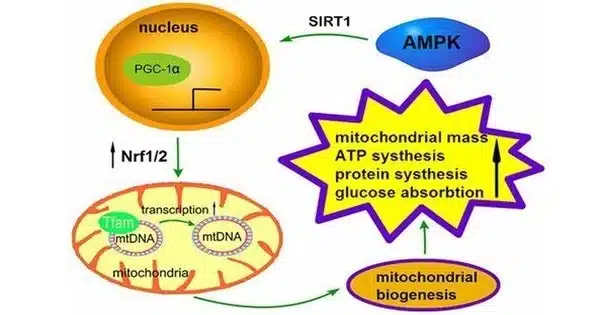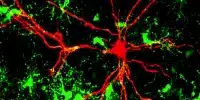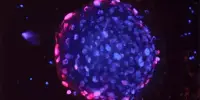Supersulfides are garnering attention for their presence as low-molecular-weight thiols or persulfidated cysteine residues, which are more common in both bacterial and eukaryotic cells. These molecules, which contain sulfur-sulfur bonds, serve important roles in energy metabolism, embryonic development, cardiac function, carcinogenesis, innate immunity, antiviral defense, and the prevention of chronic pulmonary illnesses. Cysteinyl-tRNA synthetase (CARS) is essential in many species for generating and incorporating these supersulfides into proteins. However, the in vivo physiological activities of supersulfides created by CARS are unknown.
A study published by a Japanese research team has demonstrated that cysteine persulfide (CysSSH), a supersulfide produced by CARS, affects cellular lifespan in budding yeast. Akira Nishimura of the Nara Institute of Science and Technology (NAIST) led this work, which was published in Redox Biology.
To study the effects of CARS and supersulfides in yeast, the researchers genetically produced a mutant strain of Saccharomyces cerevisiae. This strain harbored a mutant CARS gene that could synthesize protein but produced less CysSSH.
To study the effects of CARS and supersulfides in yeast, the researchers genetically produced a mutant strain of Saccharomyces cerevisiae. This strain harbored a mutant CARS gene that could synthesize protein but produced less CysSSH.
Initially, the team demonstrated that the mutant yeast exhibited a markedly reduced lifespan compared to normal (or ‘wild-type’, WT) yeast. About 50% of mutant cells became nonviable within the first week whereas WT cells remained viable for twice the period. Interestingly, the researchers restored the normal longevity in the mutant strain by externally inducing the production of regular CARS in both the cells’ cytosol and mitochondria.
Subsequently, the researchers conducted additional experiments to gain a comprehensive understanding of the effects of the introduced mutation and consequently, the significance of CysSSH and associated supersulfides. Their examination revealed that the CARS-deficient yeast mutant suffered from abnormal mitochondrial energy metabolism, as well as an increased stress response throughout the endoplasmic reticulum.

However, supplying the mutant cells with supersulfide donors, like Sodium disulfide (Na2S2) could reverse these detrimental effects. “To the best of our knowledge, this is the first demonstration of CARS- and supersulfide-dependent longevity control, mediated by mitochondrial respiration and the regulation of protein quality,” highlights Nishimura.
Notably, the findings of this study have far-reaching consequences for a variety of organisms, not just yeast. “Since supersulfide-related lifespan regulation mechanisms are likely to be widely conserved in higher organisms including humans, the intake of supersulfides from supplements and other sources may contribute to the prevention of aging and the extension of a healthy life span,” according to Nishimura. Furthermore, aberrant mitochondrial metabolism and endoplasmic reticulum stress are associated with a variety of conditions, including cardiovascular disease, Alzheimer’s, Parkinson’s, and cancer. Thus, supersulfides may have enormous untapped potential in the medical realm.
Inspired by the results of their study and with eyes on the future, Nishimura concludes, “Given the promising implications of the present experimental findings and the remarkable potency of supersulfides, continued investigation of supersulfides will surely aid the discovery and development of new drugs for challenging diseases.”
















